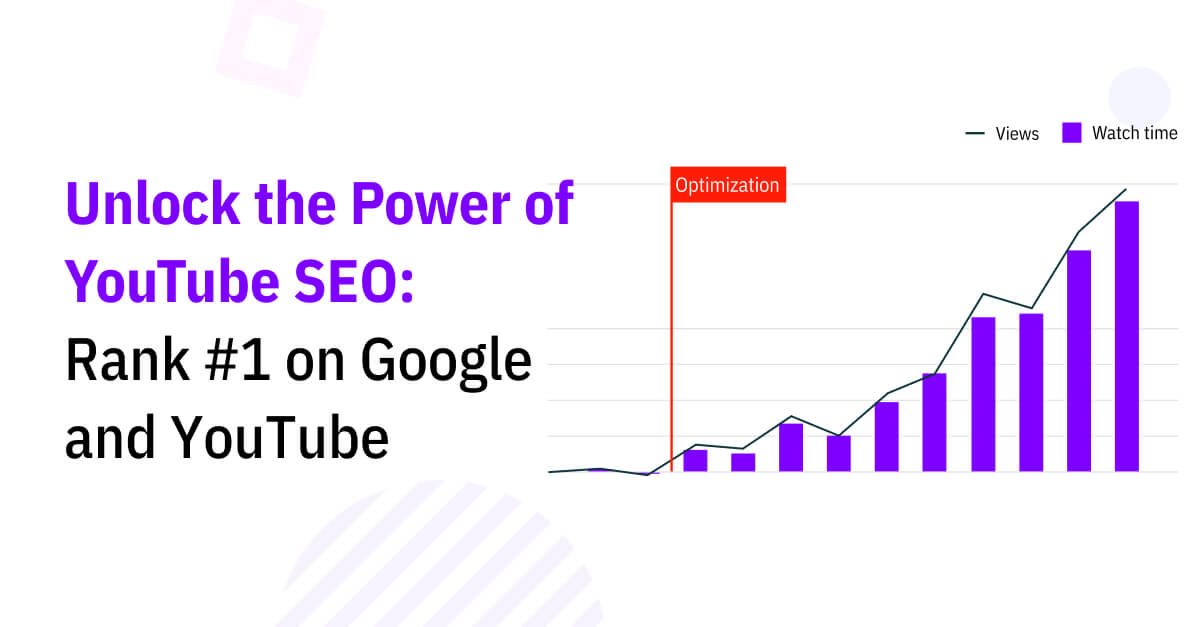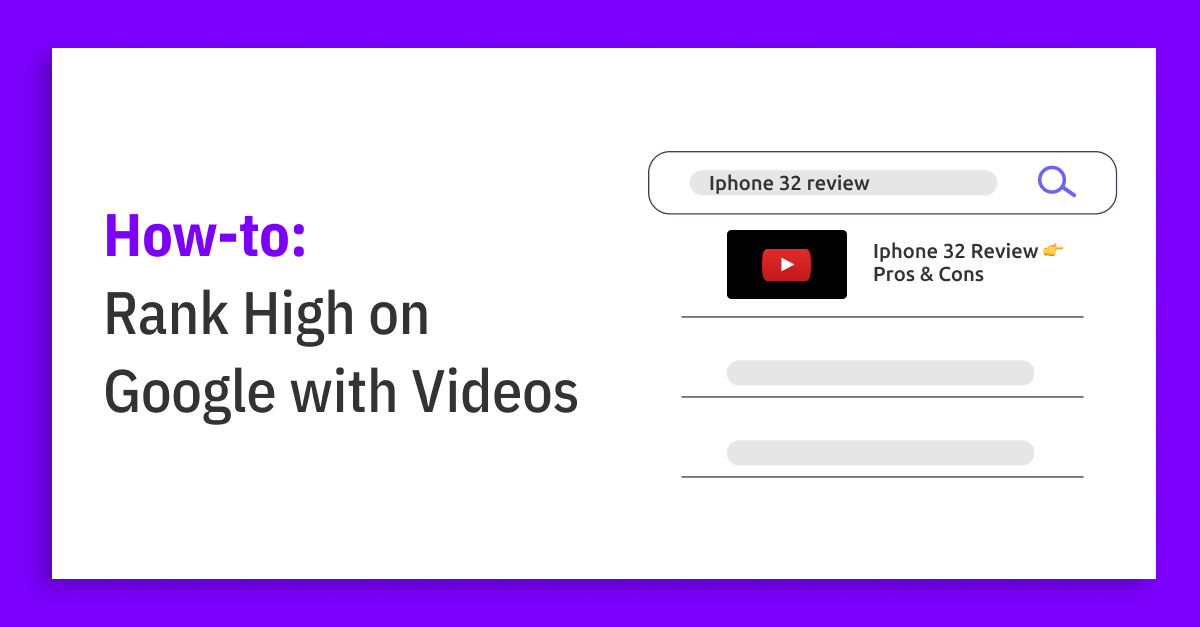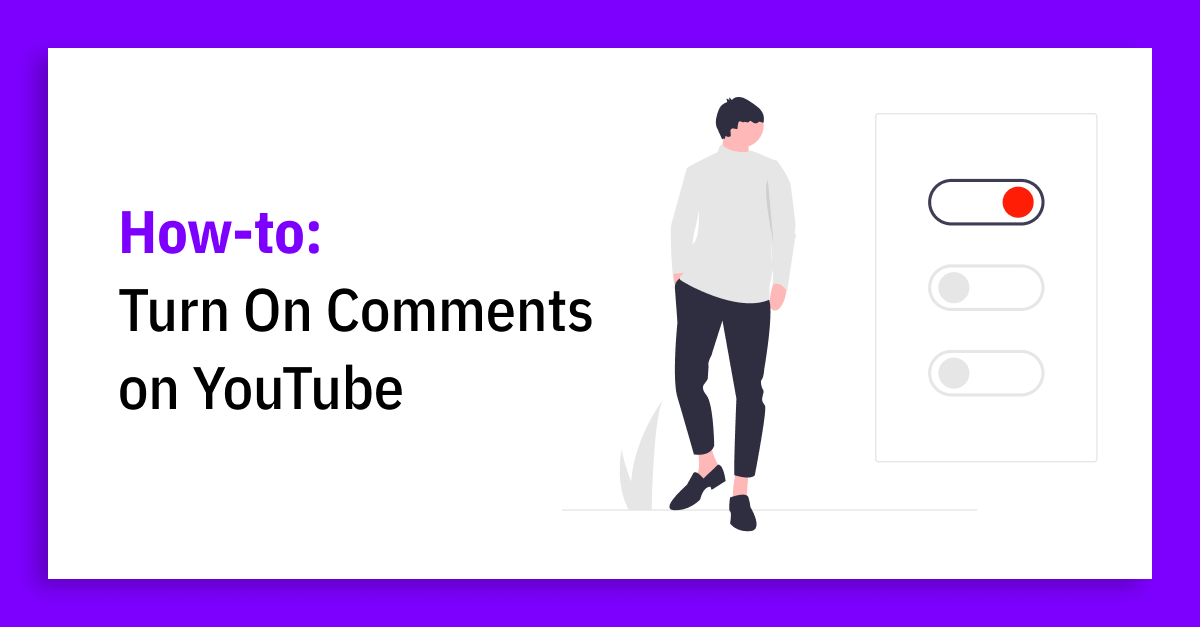February 1, 2024
When increasing the ranking of your videos on YouTube, including key related words and terms in descriptions, tags, and titles is an essential step.While you may have an idea of the terms related to your content topics, it’s hard to predict what terms are related in the minds of your potential audience.These user-defined words and phrases are the most likely to get your content discovered on the platform’s search engine.So, attempting a guessing game can be both risky and costly – giving little guarantee on accuracy, or results.However, back in 2009, YouTube introduced a useful resource to help – the YouTube Keyword Tool.Using data directly from the YouTube search engine, it was originally launched with the aim of increasing sales of the platform’s paid advertising space.

In line with increasing popularity of the tool, YouTube tailored further, making various user experience improvements.Over time, this led to the addition of new features for discovering and filtering keyword data, making it an increasingly effective tool for marketers, advertisers, and content creators alike.These features included:
- Allowing users to search via a sample YouTube video ID or URL, revealing keywords to improve ranking.
- The ability to refine keyword search results by specifying target audience demographics.
In addition to highlighting keywords used in popular searches for your subject area, these insights were great for generating new content ideas. Uncovering which formats of information your audience was looking for, you could see if they were seeking “How to”, instructional, and tutorial videos.Perhaps their search terms imply that they’re looking for videos with a narrower focus to supplement existing content, or reviews of some kind.https://vimeo.com/33472366Using this tool, you could now develop a clearer picture of users’ behavior and search terms, depending on age, gender, and other areas of interest. The result was an incredibly powerful resource for uncovering user intent, trends, and preferences specific to video content.Depending on the skill and creativity of your approach, the YouTube Keyword Tool provided a wealth of insights and ideas, informing the continuous development of effective content marketing strategies. However, in 2013 a rollback of capabilities on this free tool began, coinciding with the launch of the “Keyword Planner” on Google’s paid service, AdWords. The first features to be removed included the ability to perform keyword searches using video IDs and YouTube URLs, and demographic based results filtering.Overall, the utility of the YouTube Keyword Tool became increasingly limited, until it was discontinued completely on the 1st of September, 2014. Where the tool could once be found, a message directing users to AdWords was now in its place, stating:
“The YouTube ads keyword tool will be disabled on September 1st. We recommend using Display Planner in Adwords for AdWords for video keyword suggestions.”

While a keyword service is still provided via the Google Adwords Display planner, this requires users to have a paid account on the AdWords platform should you wish to access the most useful areas of data and filtering tools.A further downside – insights accessed via AdWords are based solely on data related to searches performed by users in Google’s main search engine, not YouTube.Ultimately, users are left without an official YouTube keyword tool.Direct insight into the preferences of targeted audiences within its video specific context have effectively been lost.

Given YouTube’s place as one of the most popular search engines globally – second only to parent company Google – this poses a significant challenge.Since then, several tools have come onto the scene to fill the gap, with each employing different methods to analyze users’ search behavior.Each, however, tends to have varying limitations – for an overview, check out one of our previous articles, where we dig a little deeper into the ;”>YouTube Keyword Tool alternatives available. As a result, most users now revert to older, less accurate techniques. Including manually looking through YouTube’s autocomplete options one-by-one in the platform’s search bar. The good news is that here at tubics we’ve developed a highly effective YouTube Keywords Tool alternative – an alternative with some significant improvements…
tubics technology, providing a powerful YouTube Keyword Tool alternative.
Using tubics technology, you can access various tools utilizing pooled data from YouTube, Google, Bing, and AdWords. Additionally, we offer the capability to sync the software to your YouTube channel, enabling inclusion of your own YouTube search traffic data into analyses.tubics technology includes:
Of course, we are always working to continuously develop and optimize our technology, paying close attention to your needs, and desired features. So head on over to our main page for further insights into what we provide, and get in touch with any questions or requests!

The 6-Step Guide to YouTube Content Strategy
How to build relevant video content for every business
FREE Download


